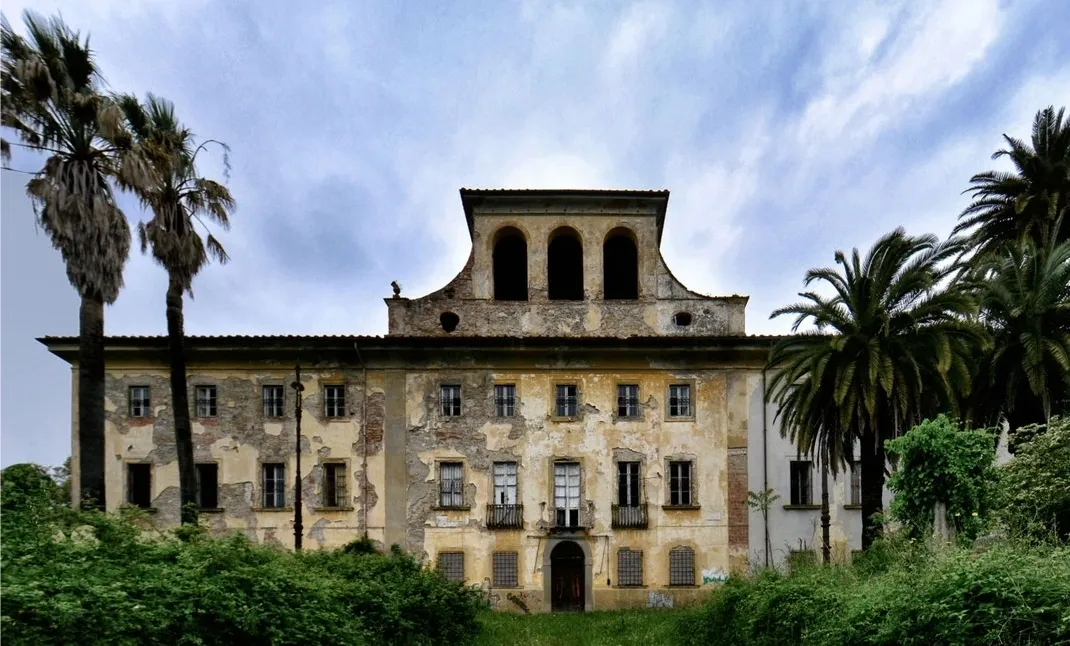Originally constructed by the Pusterla family, the sprawling 10-acre estate later changed hands to the Cirivelli and Arconati families. In the 19th century, it gained notoriety as “Villa Napoleone” after serving as Napoleon Bonaparte’s headquarters during the Italian chapter of the French Revolutionary Wars.

By 1879, the government repurposed the estate into one of the nation’s largest psychiatric facilities. However, following a new law in 1978 calling for the closure of psychiatric hospitals, the nearly 700-year-old estate was left abandoned. Unfortunately, no restoration efforts have been undertaken since then.

In Italy, inheriting centuries-old properties can sometimes feel more like a burden than a stroke of luck. Many struggle to cope with the hefty taxes and upkeep expenses associated with maintaining such historic estates. Over time, the relentless forces of nature, including frequent rainfall and occasional earthquakes in central Italy, contribute to the gradual deterioration of these properties. When water seeps into the foundations, it often signals a near-impossible battle against decay.

However, amidst the challenges, there are success stories of restoration efforts breathing new life into these magnificent structures. One such example is a villa located just outside Milan, which I had the pleasure of photographing two years ago. Initially in a state of disrepair with cracked walls and collapsed ceilings, it has undergone extensive renovations and is now home to a thriving family.

Capturing the essence of these grand interiors and exquisite facades is undoubtedly crucial. Yet, equally important is the ability to transport oneself back in time, imagining the vibrancy and splendor of these spaces when they were bustling with life and activity.

“Sometimes I try to capture a detail that can suggest something about the people who used to live there,”. A couple of years ago a villa that was probably owned by an artist, we found a room filled with just an easel and paints. “Everything in there, from bed sheets to newspapers to kitchenware, looked like it was left exactly as it was.”


